LA INTERTEXTUALIDAD COMO RECURSO DIDÁCTICO PARA LA PRODUCCIÓN DE TEXTOS ESCRITOS ARGUMENTATIVOS
Abstract
This article arises from the results of the research project: “the intertextuality as a didactic resource to produce written argumentative texts” that came forward within the parameters established for the degree of Master of Education Sciences University of Amazonia. This study aims to improve the students’ production of written argumentative texts by using the intertextuality as an educational resource. Hence, the research regards an approach which goes beyond the mere literary analysis, are the starting point and purpose study of this paper.
Its content is organized along the route and methodological research: the background to the problem, the diagnosis, the theoretical framework, the educational proposal, impacts and recommendations from the process, eventually incorporating a reflection on the need for implement this type of work from the earliest levels of schooling. Key words: Discourse as social practice, intertextuality and argument.
Downloads
References
Camps, Anna (1995), “Aprender a escribir textos argumentativos: características dialógicas de la argumentación escrita”, en Comunicación, lenguaje y educación, núm. 26, pp. 51-63.
Camps, A, y Dolz, J. (1995). “Introducción: un desafío para la escuela actual” En: Comunicación, lenguaje y educación. Madrid. No 26. Págs. 5-9
Cassany, Daniel (1998): La cocina de la escritura. Editorial Anagrama, Barcelona.
Clavijo, Amparo (2001): Innovaciones pedagógicas en lenguaje. Secretaria de Educación del Distrito Capital.
Dolz, J. (1994). ”La interacción de las actividades orales y escritas en la enseñanza de la argumentación oral”. Alianza Editorial, Madrid.
Flower, L. y Hayes, J. (1981) "A cognitive process theory of writing", College Composition and Communication, 32, 363-387.
Gardner, Howard (2001). Estructuras de la mente. La teoría de las inteligencias múltiples. Fondo de Cultura Económica, Colombia.
Kristeva J. (1969). “La palabra, el diálogo y la novela” En Semiótica, 1, Barcelona.
Ministerio de Educación Nacional (2006). Estándares Básicos de Competencias en Lenguaje, Matemáticas. Ciencias y Ciudadanas. Bogotá.
Ministerio de Educación Nacional (1998). Lengua Castellana Lineamientos Curriculares. Bogotá: Cooperativa Editorial Magisterio.
Ramírez, J. D. (1995) Usos de la palabra y sus tecnologías. Una aproximación dialógica al estudio de la alfabetización. Miño y Dávila. Buenos Aires.
Van Dijk, Teun A (2000). El discurso como estructura y proceso. Barcelona, España.
________ (1980). Dijk, Teun A. van, Texto y contexto, Madrid: Cátedra.
Vigotsky, Lev. S. (1981) Pensamiento y Lenguaje. Buenos Aires: La Pléyade.




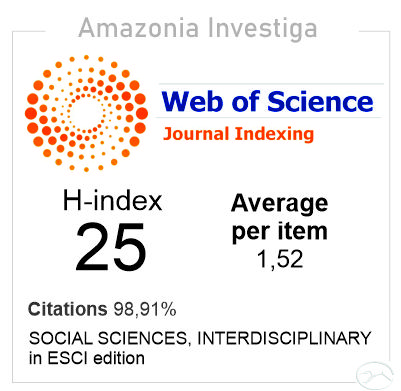



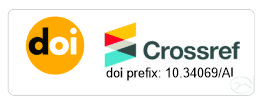
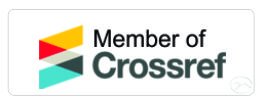


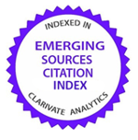
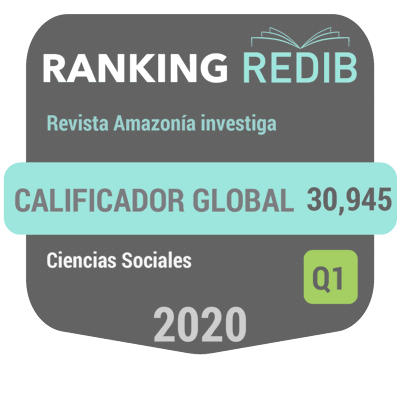







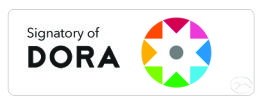
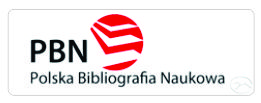
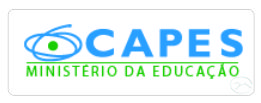

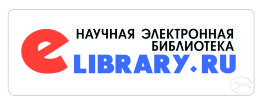

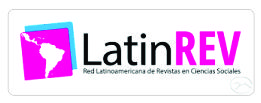


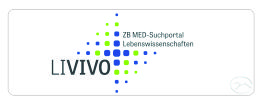



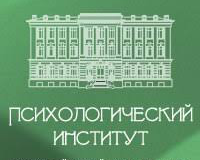












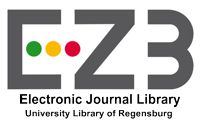

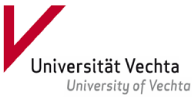



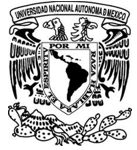










.gif)






